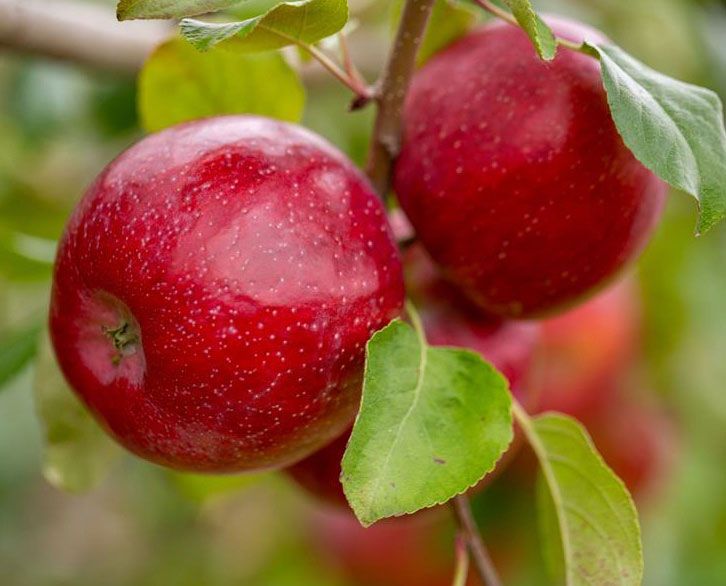Why Strawberries Need To Keep Their Cool
Florida’s strawberry season is in full swing. Growing and harvesting the sensitive fruiting vegetable crop at its most ripe is a feat unto itself. Delivering tasty, juicy berries for consumers locally and around the country is another challenge altogether. To complete the cycle for this precious cargo, strawberries should be shipped and stocked at the right temperature, says a University of Florida-led study.
To ensure the fruit is at peak form, you’re not supposed to break what’s called the “cold chain,” says Jeffrey Brecht, a UF/IFAS Horticultural Sciences Professor and Extension specialist. The cold chain refers to the food supply chain — from farms to supermarkets — and applies to products that need to be refrigerated, like strawberries.
“We tell strawberry shippers and handlers not to break the cold chain because if you allow strawberries to warm up, there’s no practical way to cool them back down,” Brecht says.
When the fruit get warmer, strawberries lose some of their sugars, vitamins, and antioxidants and can more easily bruise and decay, Brecht says. Some grocery stores prefer to display room-temperature strawberries, but those warmer temperatures will often result in strawberries that have a much shorter shelf life.
Brecht and Ismail Uysal, a University of South Florida Associate Professor of electrical engineering, collaborated on a recently published study that found places in the food chain where strawberries were getting warmer than the optimal 34°F.
For the study, they inserted electronic thermometers to track the temperatures in strawberry pallets from harvest to grocery store. The thermometers recorded the temperatures in the pallets and transmitted them through cell phone signals. Two of the shipments went from Plant City, FL, to other cities in Florida and Georgia. The other four shipments originated in Salinas, CA, to Maryland, Pennsylvania, Virginia, South Carolina, and North Carolina.
Researchers found multiple locations in the supply chain where temperatures were too warm. Sometimes it was during transport; sometimes at warehouses; sometimes during offloading and storage and sometimes on display at grocery stores.
Using what they had found in the shipping tests, the scientists stored strawberries at Brecht’s lab at the University of Florida in Gainesville. There, researchers recreated shipping scenarios and monitored the fruit quality. Through this process, the researchers documented the negative effects on strawberries when the cold chain is broken.
The data from the study also tell Brecht and Uysal where they can educate farmers, transportation companies, and grocers about what they can do to keep temperatures down in the supply chain.
“If strawberries are cooled quickly after harvest and kept cold all the way to consumers’ homes, everyone, no matter where they live, will be able to enjoy sweet, juicy strawberries at the peak of their quality,” Brecht concludes.
According to UF/IFAS, scientists are now working on developing machine-learning models that can reliably predict the future marketability of strawberries from the temperature conditions they were exposed to in the cold chain — from harvest all the way to the store.









